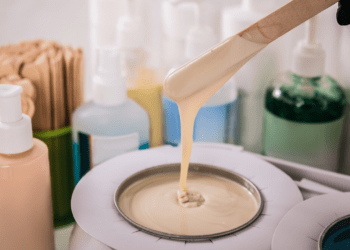Do you know that we can generate electricity by using salt water? Generating electricity through saltwater is one of the sustainable approaches. Sodium chloride, present in salt water, is composed of two ions: sodium ion (or Na+, which has a positive charge) and chloride ion (Cl-, which has a negative charge). By sending positive and negative ions in opposite directions, we can form a saline battery. By which we can create a bank for batteries and get a lot of electricity.
It is estimated that carbon dioxide generated from the world’s electrical power industry annually is 10 billion tonnes which enhances the greenhouse effect and global warming. If we take any thermal cycles (coal, natural gas, nuclear, geothermal, and biomass) there is either direct or indirect effect on the environment right from construction to generation of electricity. Water usage, emissions, local pollution, and wildlife displacement are some of the many consequences.
Blue Energy:
Blue energy is accessible by any country which has a coastline. India, as a peninsular country, has a coastline of over 7,500 km covered by ten states/union territories. The freshwater streams in India are drained either into the Arabian sea or Bay of Bengal. When the mouth of a river meets the sea, a huge volume of freshwater is mixed with salty seawater. When freshwater mixes into saline water, the two waters diffuse quickly to reach an equilibrium. This mixing process releases energy same as the volume of water falling from a 250 meter high hydroelectric dam. This energy can generate electricity.
Due to lack of advanced technology, time and funds, this sustainable process is being pushed backwards. The Wageningen University has identified 123 rivers which have “technical potential” for blue energy power generation exceeding 1 GW, across all continents, which include the Ganges with 25 GW.
Traditional Electricity (A case study of Colombia and Venezuela):
Inspired by the ingenious people of Venezuela and Columbia scientists have developed a lantern which is powered just by salt water to generate electricity. The light works through ionisation which produces energy when salt water electrolytes react with magnesium. With two cups of salt water the lantern can work for 45 days with a life expectancy for around 5,600 hours (>230 days). The water light is 100% recyclable and waterproof. This water light can change the fate of 840 million people worldwide who are living without reliable electricity.

